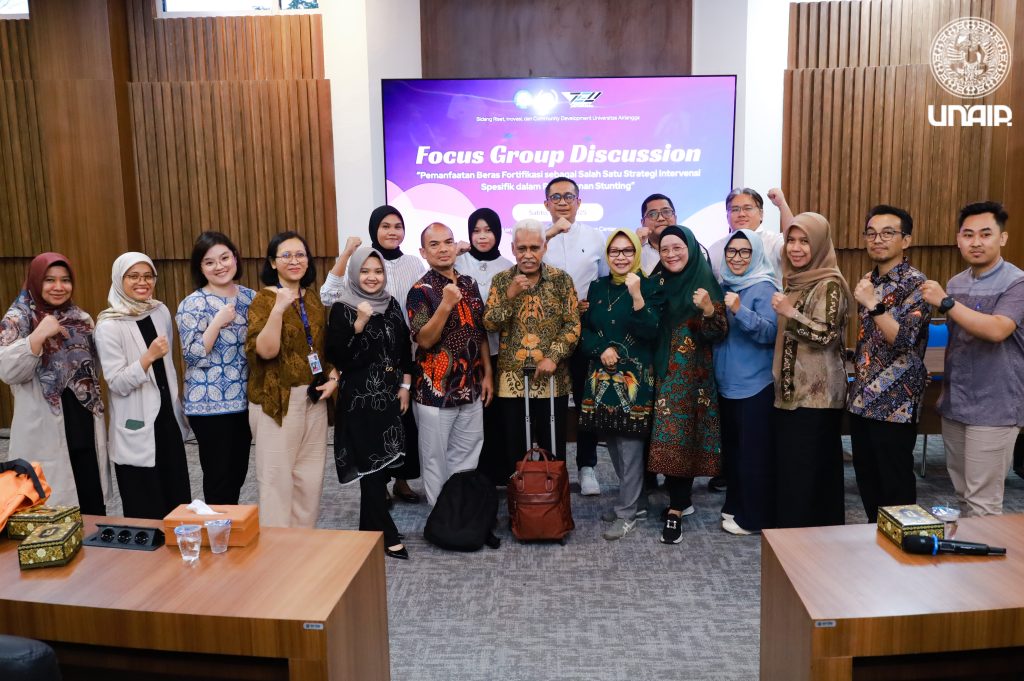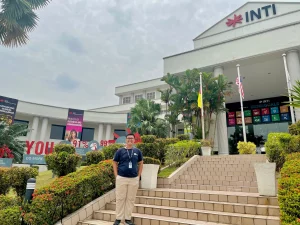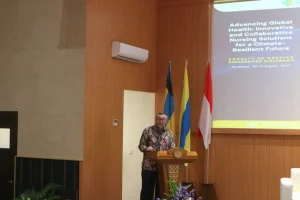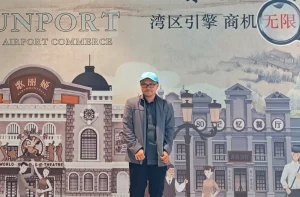UNAIR NEWS – Universitas Airlangga (UNAIR), through its Institute for Research and Community Service (LPPM), hosted a Focus Group Discussion (FGD) on Saturday, May 24, 2025. Themed “Utilizing Fortified Rice as Intervention Strategy to Address Stunting,” the event took place in the Dewaruci Room, on the second floor of the Airlangga Convention Center, MERR-C Campus.
In her opening remarks, Prof. Dr. Gadis Meinar Sari, dr., M.Kes., Head of LPPM UNAIR, highlighted the significance of fortified rice as a targeted nutritional solution to reduce stunting—an issue with long-term consequences for national productivity. “As a staple food, rice offers immense potential for nutritional intervention. We hope the outcomes of today’s discussion will provide concrete input for government policy,” she stated.
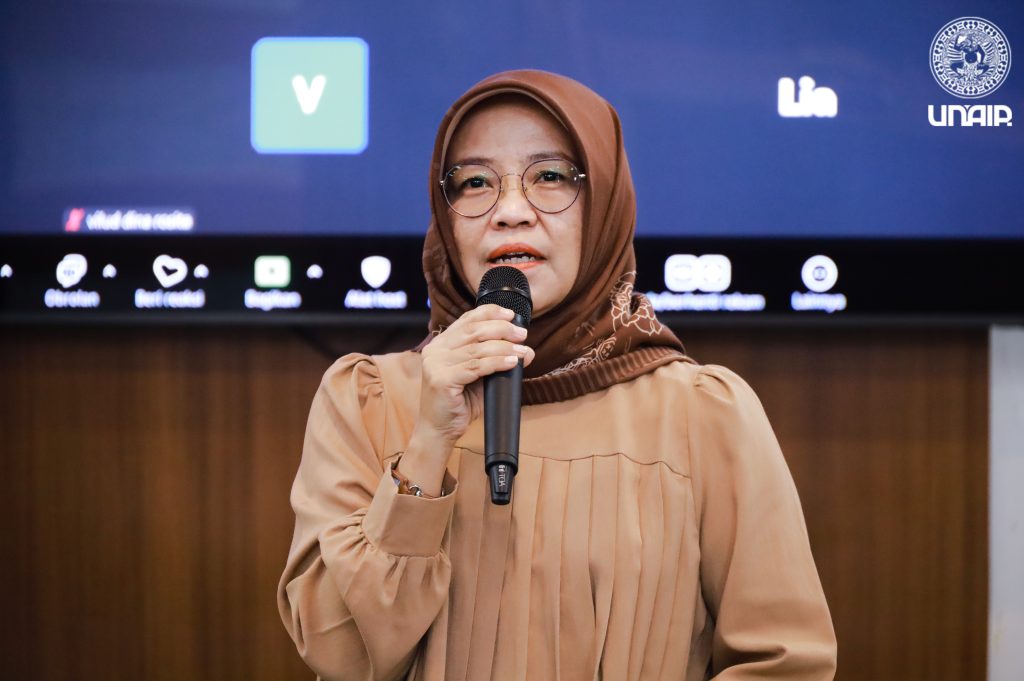
Meanwhile, Lutfil Hakim, Head of the East Java chapter of the Indonesian Journalists Association (PWI), welcomed media involvement in the conversation. “The press plays a crucial role in raising awareness about food issues. Our goal is for the nation to achieve not just food self-sufficiency, but also sustainability in nutrition,” he said.
Fortification potential and implementation challenges
During the expert presentations, Prof. Dr. Annis Catur Adi, Ir., M.Si., noted that over 40 countries have adopted rice fortification as part of their public health strategies.
“Technologies such as blending, coating, and extrusion have proven effective in enhancing micronutrient levels. This presents a strategic opportunity for Indonesia,” he explained.
Evelyn Djuwidja of Millers for Nutrition shared that one in two Indonesian children under five lacks adequate micronutrient intake. She emphasized that fortified rice is already included in the 2025–2029 National Medium-Term Development Plan (RPJMN), but called for clear regulations and incentives to support producers.
However, she also pointed to key challenges, including high production costs, limited manufacturing capacity, and low consumer acceptance due to the differing qualities of fortified rice.
Cross-sector collaboration for healthier generation
The discussion featured experts from various institutions, including Dr. Karina Widowati, MPH (UNICEF), Hizkia Respatiadi (World Food Programme), Muhammad Baidlowi Mahbub (Nutrition International), several academic representatives, and Rudy Hartano from the East Java branch of the Indonesian Rice Millers Association (Perpadi).
Prof. Dr. Sri Sumarni stressed that reducing stunting requires collaborative efforts. “Food fortification may be a silent solution, but its impact is significant,” she said.
The FGD concluded with six key strategic recommendations: speeding up regulations for nutritional standards and the Indonesian National Standard (SNI), supporting FRK (Fortified Rice Kernel) production costs, promoting multi-stakeholder collaboration, providing producer incentives, conducting efficacy and effectiveness studies, and launching public awareness campaigns. The discussion also emphasized the need for all sectors to contribute according to their roles, ensuring fortified rice becomes a frontline strategy in fighting stunting, especially in East Java.
Author: Panca Ezza Aisal Saputra
Editor: Ragil Kukuh Imanto


